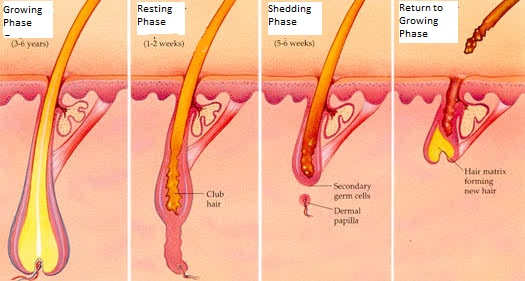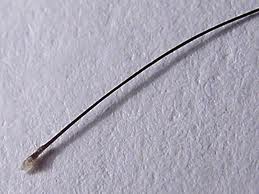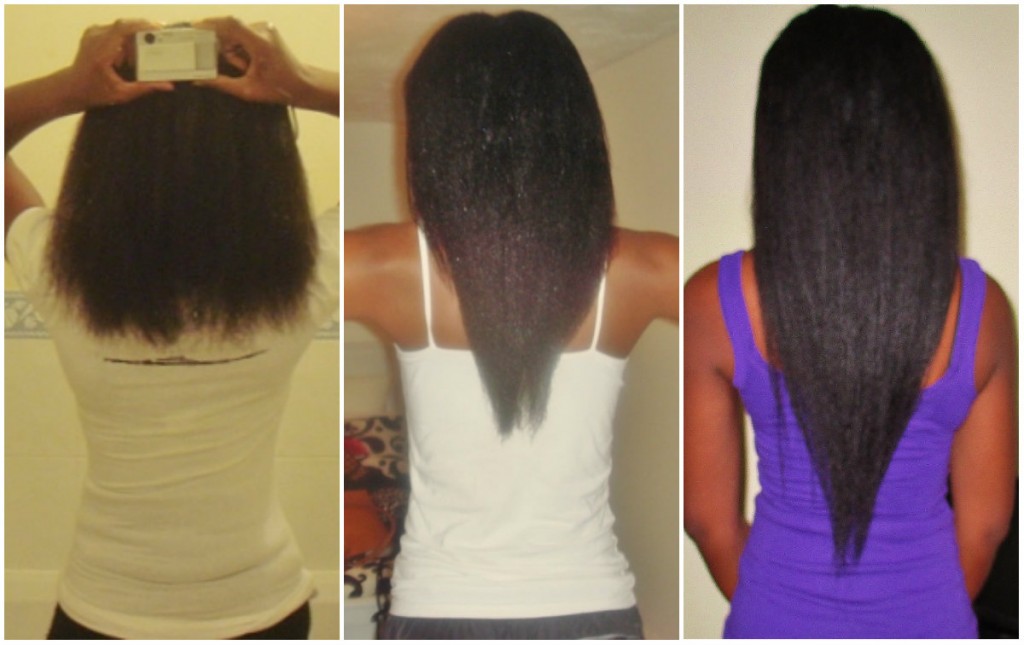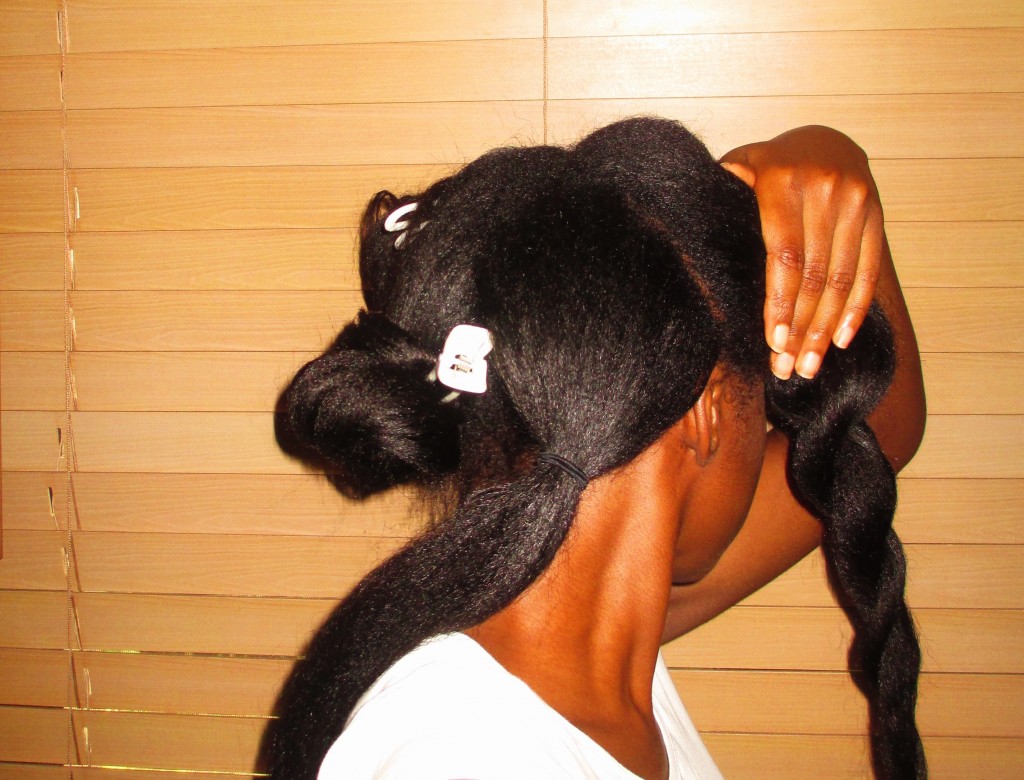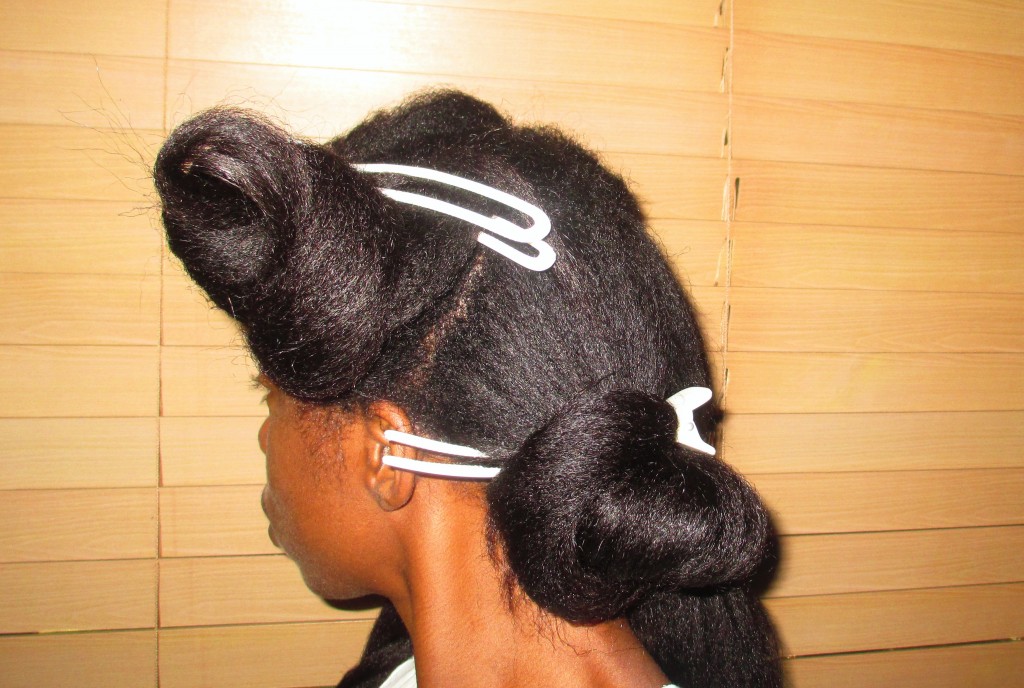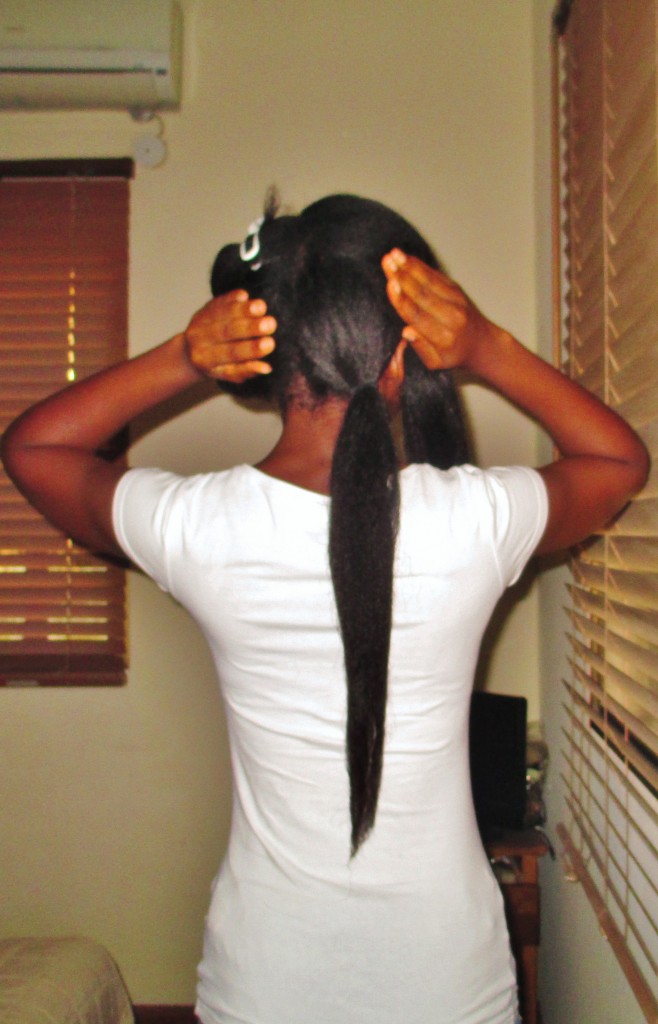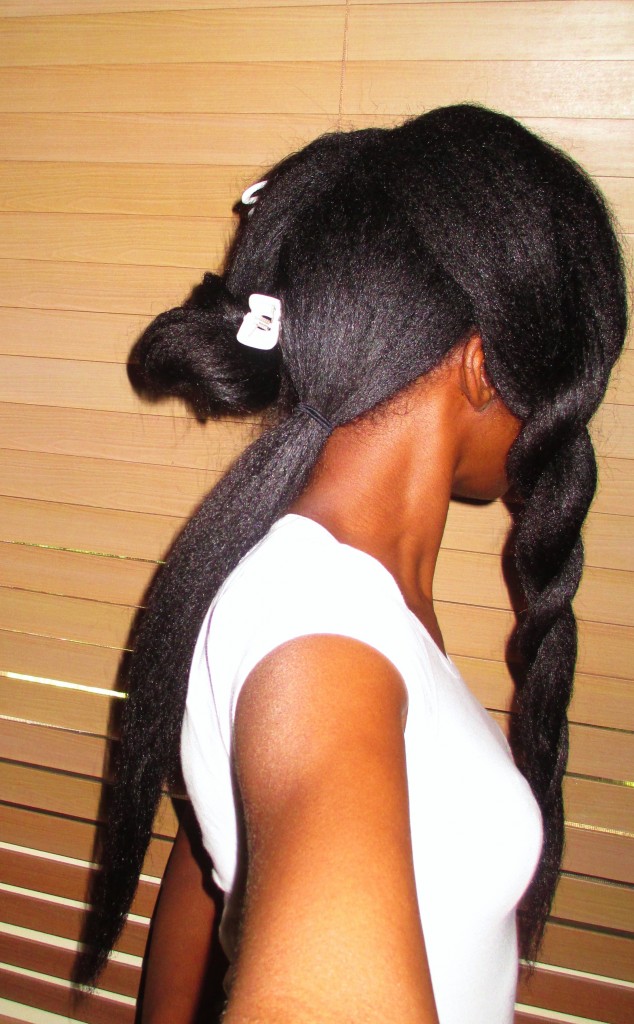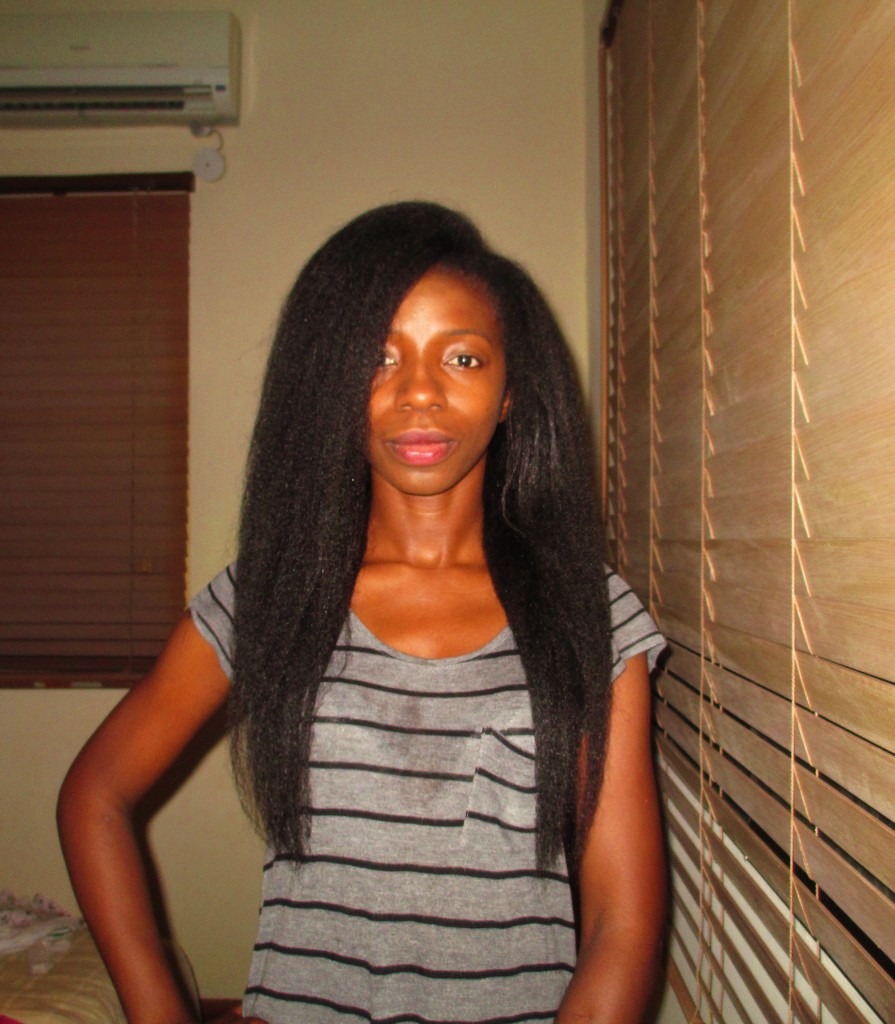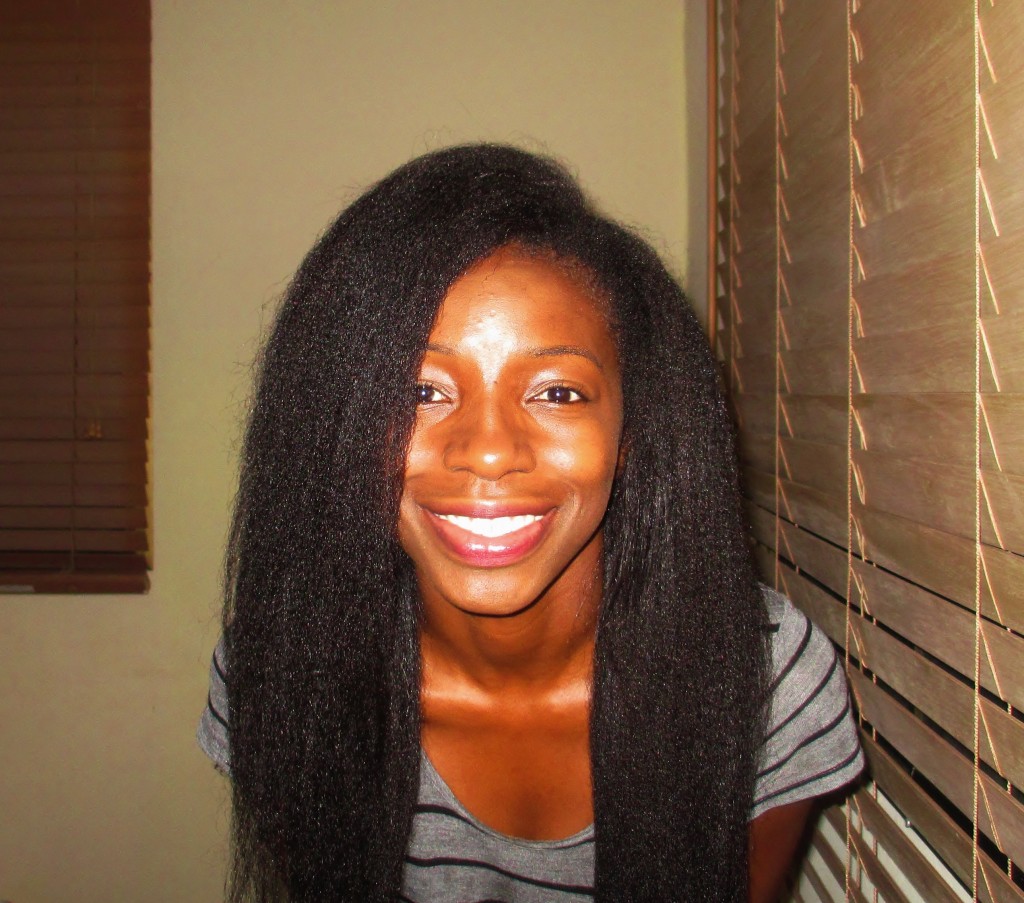There are two main ways we lose hair; by shedding or by breakage.
It is important to understand the difference between the two and know what causes either of them so that you know how to minimise both.
In this blog post I will explain what shedding and breakage is and how to identify either of them.
WHAT IS SHEDDING
Each strand of hair on our head goes through a 3 stage growth cycle. These stages are; a growing stage, a resting stage and a shedding stage. When a strand of hair is in the shedding stage, it will fall out from the hair follicle (the root of the hair). The hair follicle will then produce/grow a new hair strand and that new hair strand will also go through this three stage cycle. Hair loss through shedding is therefore a normal part of the hair growth cycle, on average we lose an average of 50 to 100 strands of hair a day by shedding.
Please note that shedding occurs even if your hair is in a weave, braids, under a wig or in a bun. The hair will shed from the scalp but may be stuck in your hair style. As an example, if a lady has a shedding rate of 50 strands a day but has had a weave for a month, when she removes the weave all the hair that has been shedding for the last 30 but was stuck in her style will fall out when she detangles and combs her hair.
So if her shedding rate is 50 strands a day and she has had a weave for 30 days, when she removes her weave all the 1500 hairs that has been shedding under the weave will be free from the weave or braids they were trapped in.
HOW TO IDENTIFY SHEDDING
When a hair is shed, the entire length (from its base to its tip) falls out. Shed hairs therefore tend to be longer pieces of hair. Also shed hairs tend to have a very tiny white bulb at the base of the hair. This is because when the hair is in the resting phase, colour stops being produced before the hair falls out in the shedding phase.
EXCESSIVE SHEDDING AND WHY IT IS A PROBLEM
Although shedding is natural, some factors can cause a woman’s shedding rate to increase beyond its normal level.
As an example, my own hair sheds approximately 30 to 55 strands a day (I know this because I’ve counted a few times, please don’t judge me 🙂 ) . If my shedding rate suddenly increases from 55 strands a day to 130 strands a day, that would be excessive shedding because my hair would be shedding more than in normally does.
So even though shedding is normal and should be expected, excessive or abnormal shedding is not. Factors that MAY cause hair to shed more than its normal rate include
1) Hormonal influences, eg pregnancy ( especially after birth), birth control, menopause, etc.
2) A poor diet
3) Stress
4) Some hairstyles which put too much tension or stress on the hair follicles (hair roots)
Excessive shedding will reduce the overall fullness of your hair over time. In part two of this series I will share methods of reducing shedding.
WHAT IS BREAKAGE
Breakage is usually caused by the following situations
1) Dry and brittle hair
2) Excessive and rough combing
3) Protein and moisture imbalance
4) Damage from incorrect use of chemicals (relaxing and colouring)
5) Damage from extensions
Damage, incorrect hair care and poor hair care practices are the usual suspects behind breakage. Broken hairs are usually shorter than shed hairs because only parts of the hair breaks off unlike shed hairs where the whole length of the hair falls out. Also broken hair will not have a white tip which is a characteristic of shed hairs.
It is impossible to have zero breakage because general wear and tear, caring for and styling the hair can cause some degree of breakage. However, If you are experiencing severe breakage or your hair breaks very easily even when you are gentle with it then this is something you should address, treat or try to minimise.
I hope the information above has clarified the difference between breakage and shedding. Please come back soon for part two of this series where I will provide advice on minimising both shedding and breakage.
How are your hair journeys going ladies?
What do you get more, shedding, breakage or both?
X
Lade
Learn | Change | Grow

